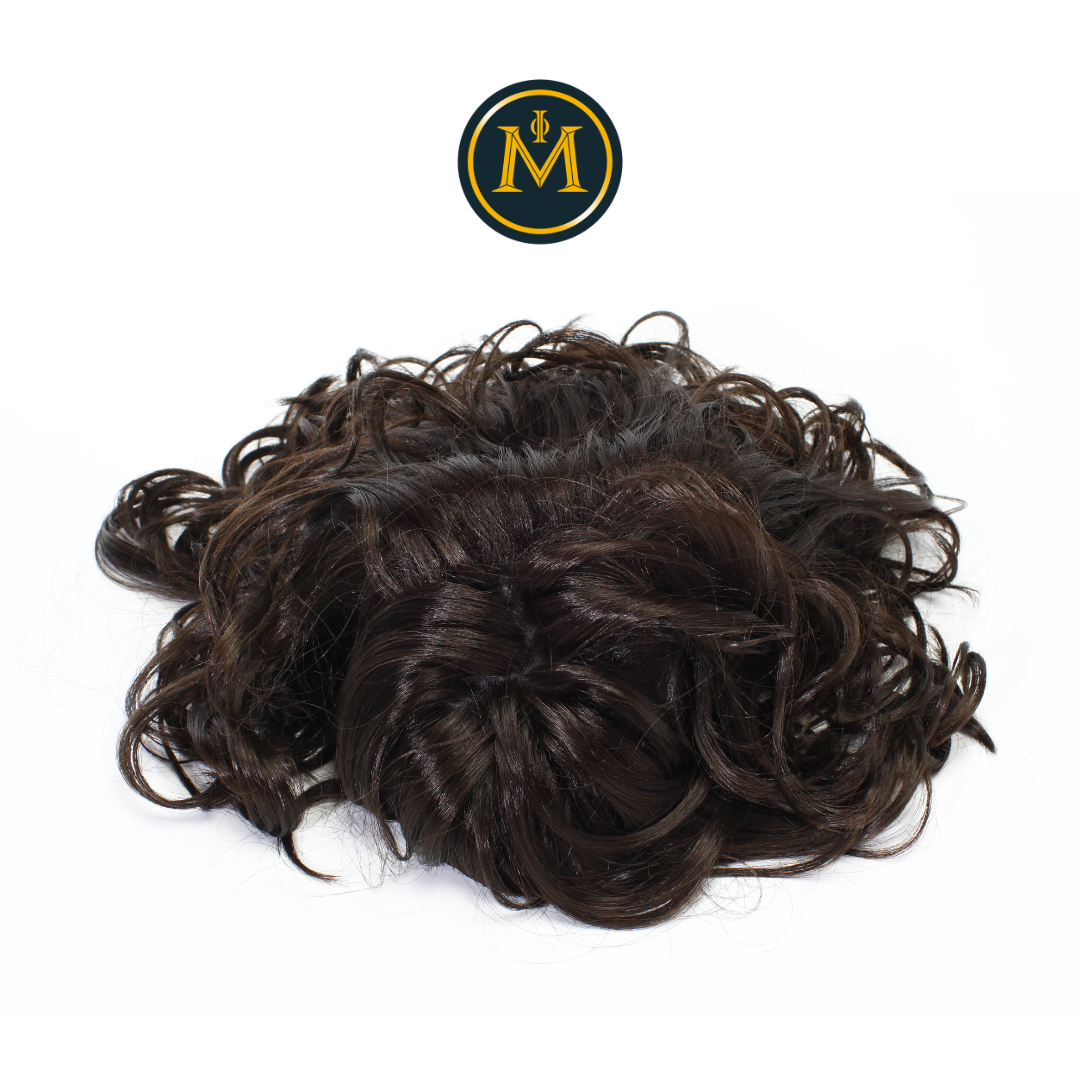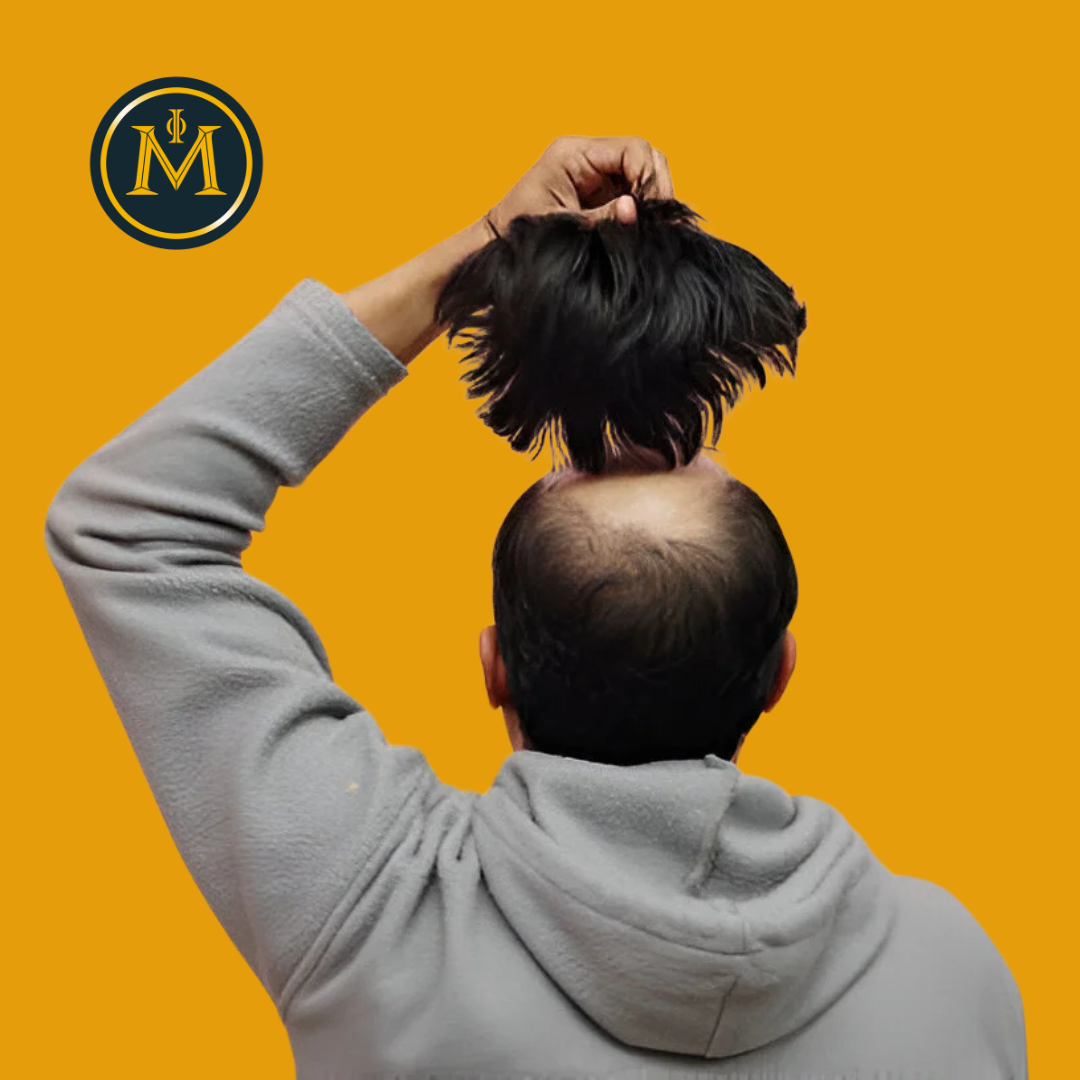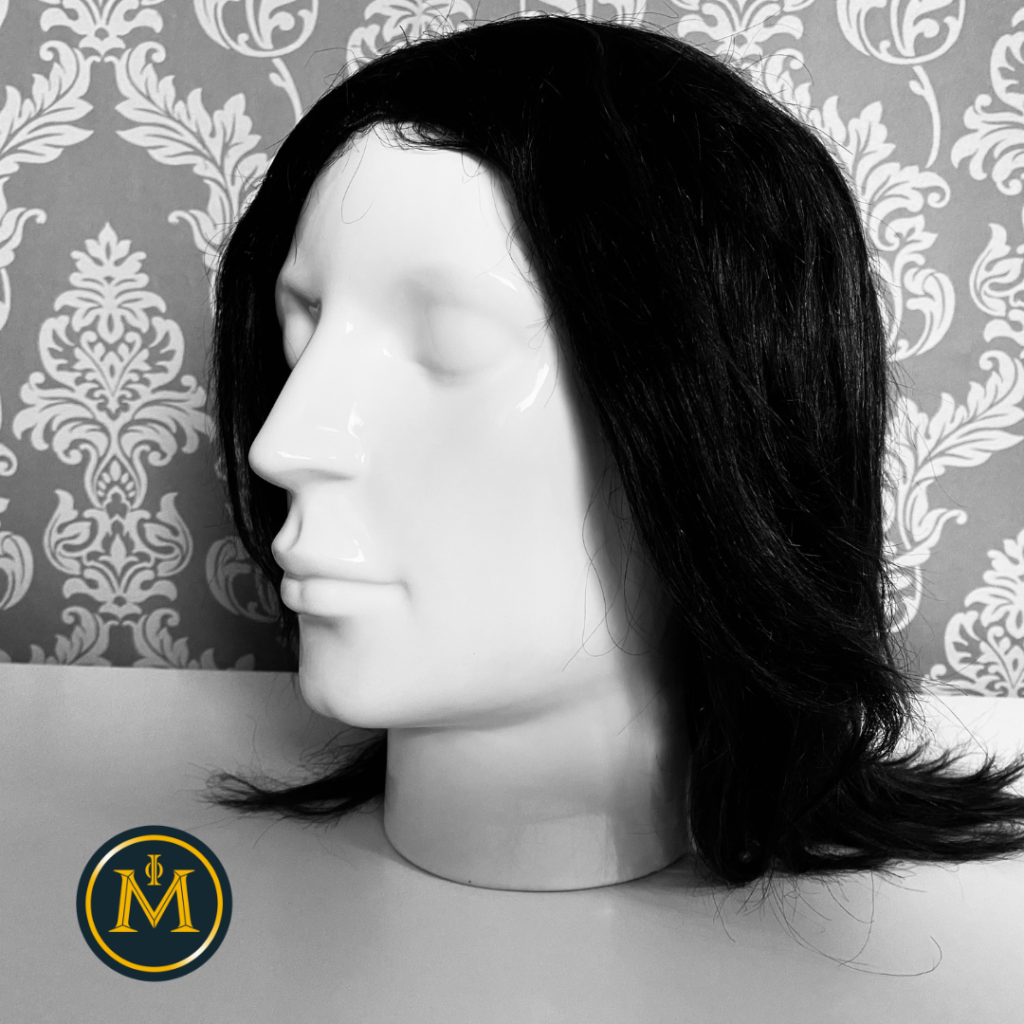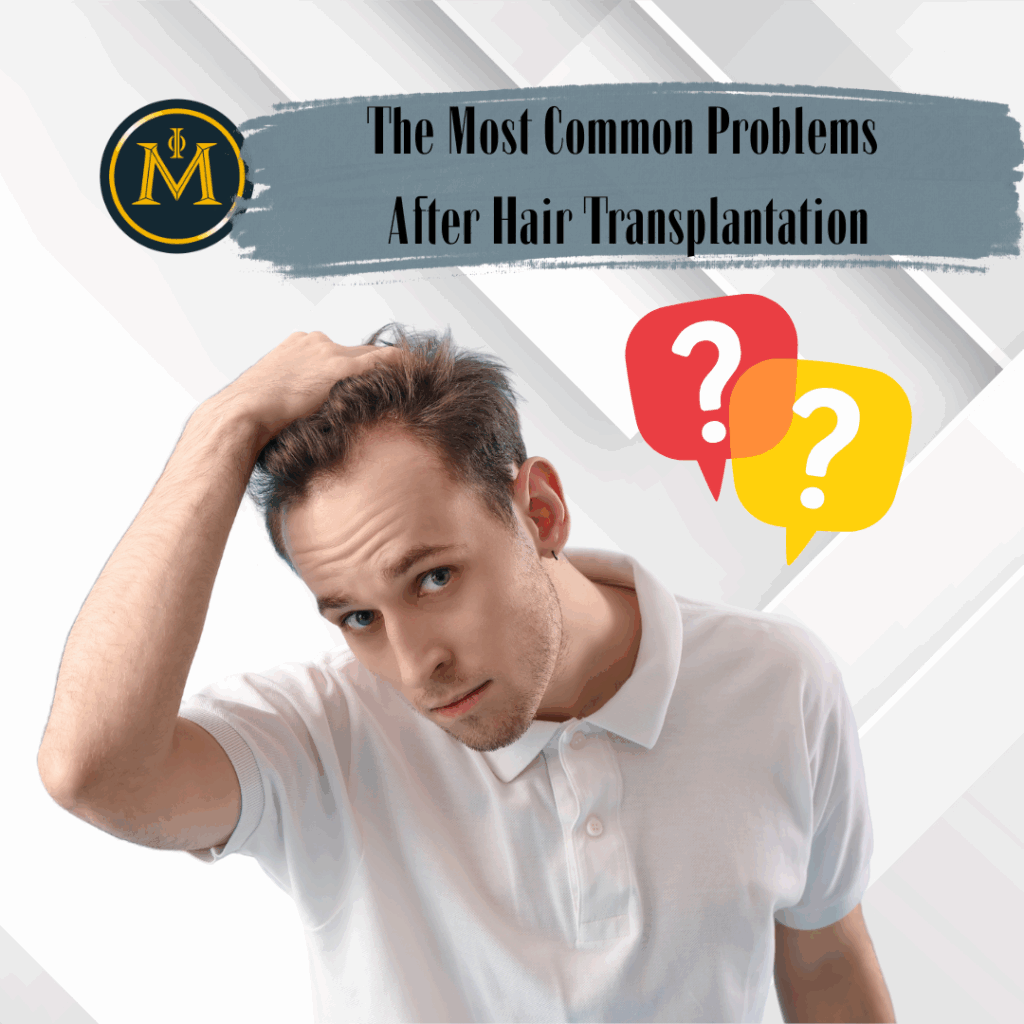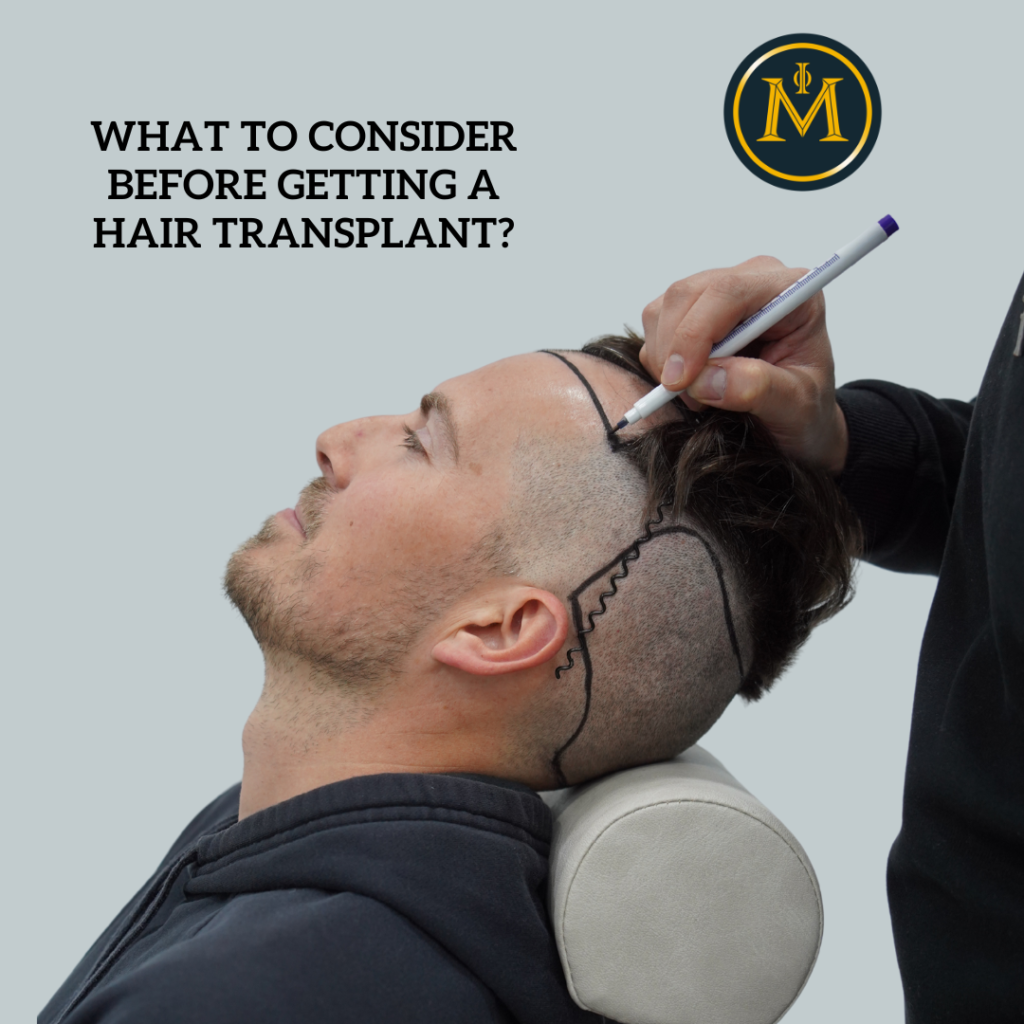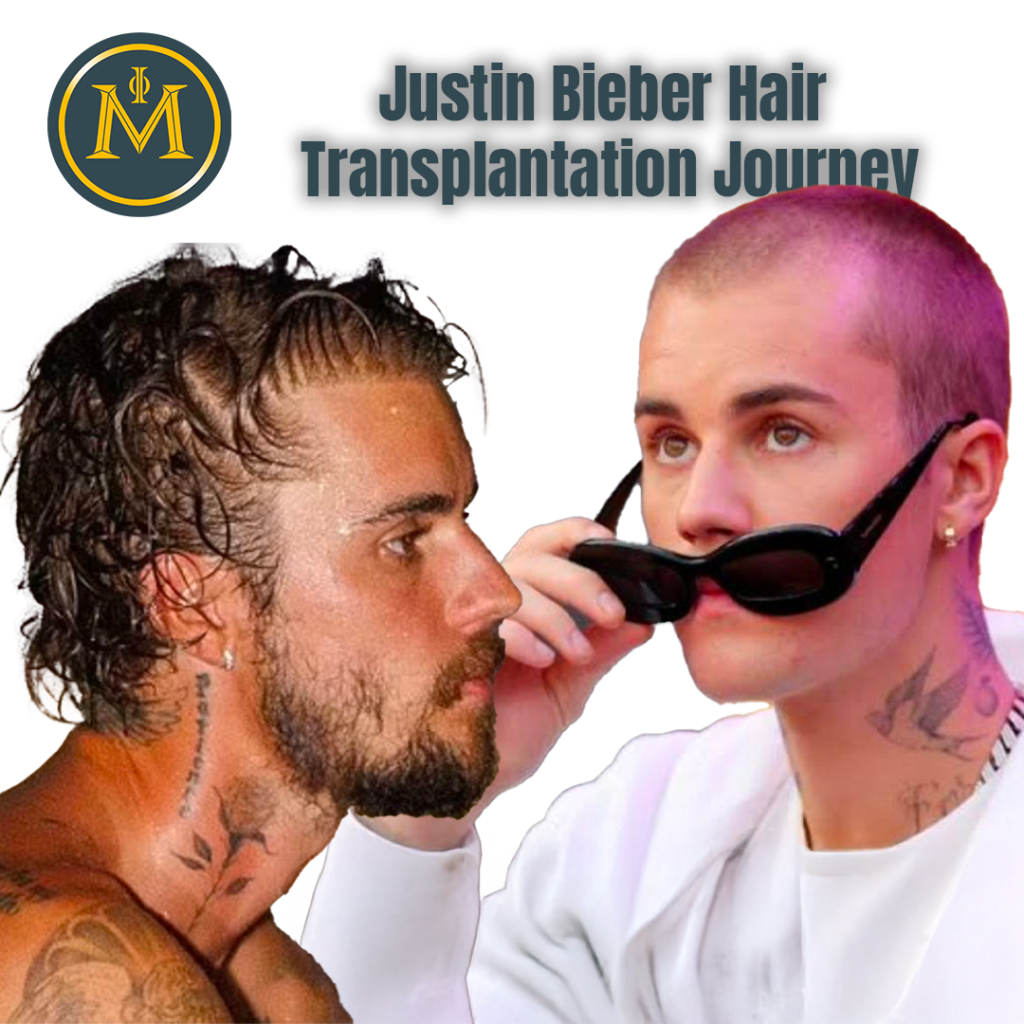Medical of Istanbul
Can I Wear a Wig After Hair Transplant?
A hair transplant is a life-changing procedure that requires careful post-operative care to ensure optimal results. Many patients wonder whether they can wear a wig after their surgery, whether for cosmetic reasons or to conceal the healing process. While wearing a wig is possible, there are important factors to consider to avoid harming newly transplanted hair. In this blog, we’ll explore when and how you can safely wear a wig after a hair transplant.
